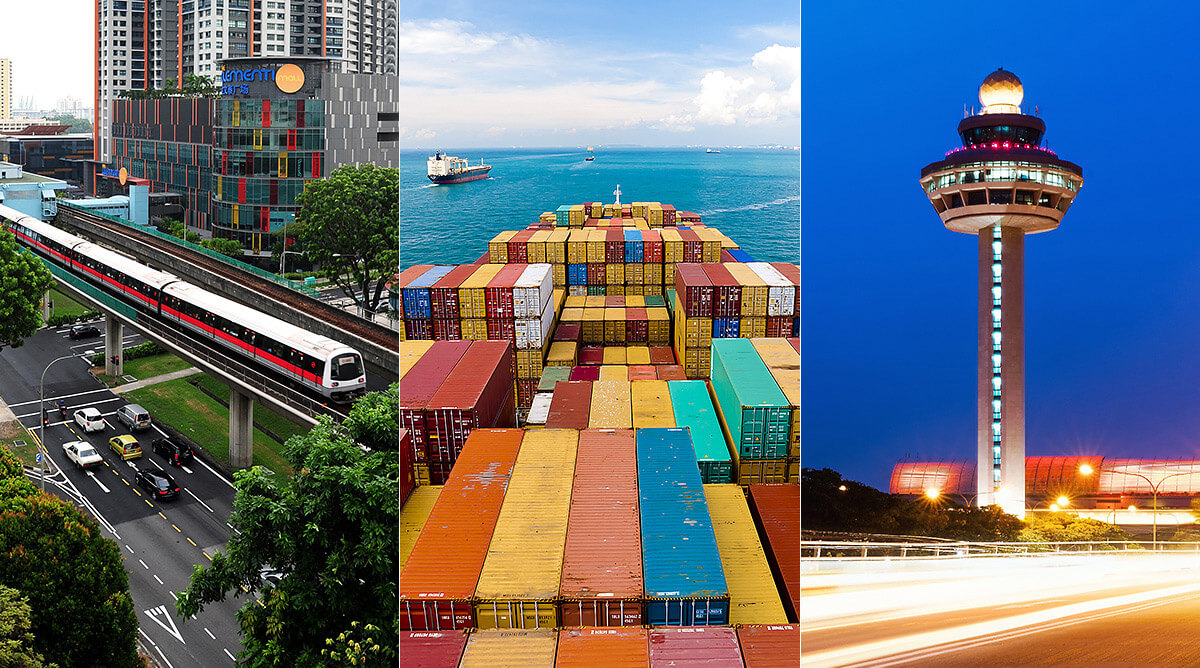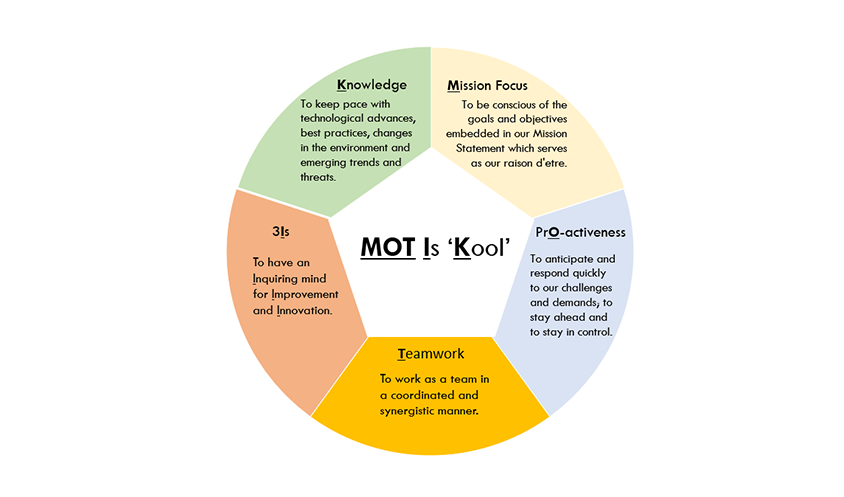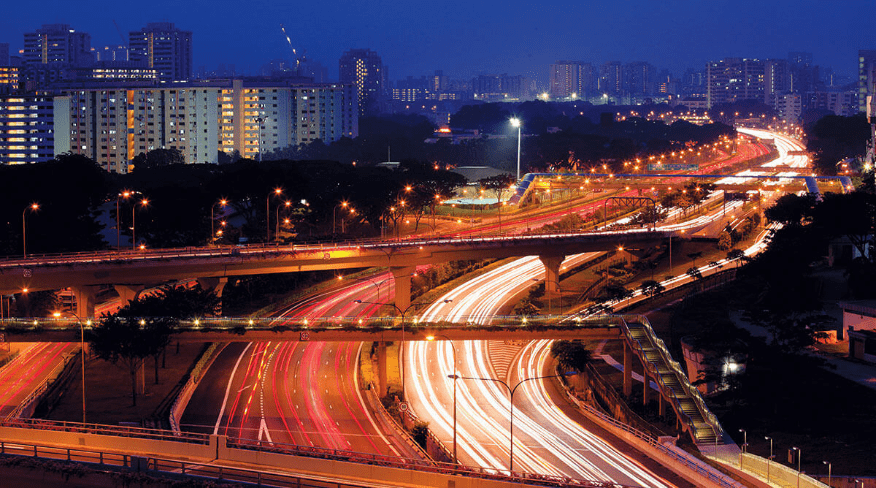Connecting Singapore to the World and Possibilities

Connectivity by land, air, and sea is the lifeblood of Singapore. As a Ministry, we work on improving transport and transport infrastructure to ensure safe and convenient commutes within the country, while expanding our links abroad to move people and goods.
Singapore’s small land area restricts road building, which behoves us to develop a world class public transport system while catering to the people’s aspirations to own vehicles whether for leisure or work purposes. We do this by overseeing bus and rail operations and managing vehicle ownership and usage of roads. A more recent impetus is to encourage active mobility among the population, so that more people will be able to walk, cycle or scoot in their surroundings.
Singapore’s strategic geographic position is the country’s fortune, enabling the development of both an international aviation and maritime centre that now powers the economy. We will work to expand this advantage both regionally and globally, to retain our hub status and strengthen both sectors’ role as key economic pillars to attract more investments and create more jobs for the people here.
Our policies will also be informed by the need to conserve the environment, whether through the use of new technologies or anti-pollution regulations. Our objective is to fulfill the needs and wants of people and businesses, while charting an environmentally-friendly path for Singapore.
Mission, Vision, and Values
Mission
To strengthen Singapore’s transportation connectivity and to develop the transport sector’s potential to advance the economic competitiveness and the quality of life in Singapore.
Vision
We aim to be a pro-active organisation, anticipating the transport sector’s needs and responding to changes in the environment. We will elevate our hub position and raise the quality of life here by harnessing new technologies, adopting world class practices as well as developing our own initiatives to stay efficient and effective.
Values

Knowledge
To keep pace with technological advances, best practices, changes in the environment and emerging trends and threats.
Mission Focus
To be conscious of the goals embedded in our Mission Statement which serves as our raison d'etre.
Pro-activeness
To anticipate and respond quickly to challenges and demands; to stay ahead and to stay in control.
Teamwork
To work as a team in a coordinated and synergistic manner.
3Is
To have an Inquiring mind for Improvement and Innovation.
Our Logo
The infinite loop depicts the Ministry’s vision of an integrated transportation system that connects people and places seamlessly within Singapore, and to the rest of the world.
The loop is expressed in three colours to represent the three transport sectors which the Ministry oversees, namely Cyan – Aviation, Green – Land, and Navy Blue – Maritime.
.png?sfvrsn=4abea8bf_2)
Our Heritage

1968 - On 16 April 1968, we were set up as the Ministry of Communications to oversee the planning and development of Singapore’s transport and telecommunications sectors.
1985 - On 2 January, we were renamed the Ministry of Communications and Information (MCI), responsible for the policy directions concerned with the provision of land, sea and air transport, as well as postal, telecommunications and telephone services. In 1980, we started the Information Service, adding it to our portfolio.
1990 - On 28 November, MCI was renamed the Ministry of Communications (MINCOM) after the Information Service expanded its roles and responsibilities and was transferred to another ministry. We retained our core responsibilities for transport and telecommunications.
1999 - On June 3, MINCOM was expanded and renamed the Ministry of Communications & Information Technology (MCIT). We took over the National Computer Board (NCB) from the Ministry of Trade and Industry. In December, NCB and the Telecommunication Authority of Singapore were merged to form a single statutory board, the Infocomm Development Authority of Singapore (IDA). IDA remained under MCIT until November 2001.
2001 - On 23 November, MCIT was renamed the Ministry of Transport (MOT). Its portfolio of information technology, telecommunication and postal services were transferred to the Ministry of Information, Communications and The Arts (MICA).
2002 - On 1 July, the Meteorological Service Department was transferred from MOT to the National Environment Agency, a statutory board under the Ministry of Environment.
Our Statutory Boards
While we are responsible for setting the policies, the implementation of the policies and the day-to-day operations are handled by our statutory boards.
.png?sfvrsn=6e3ebd8c_2)
.png?sfvrsn=b431a604_2)
.png?sfvrsn=a68d4761_2)
.png?sfvrsn=bd4fc895_2)